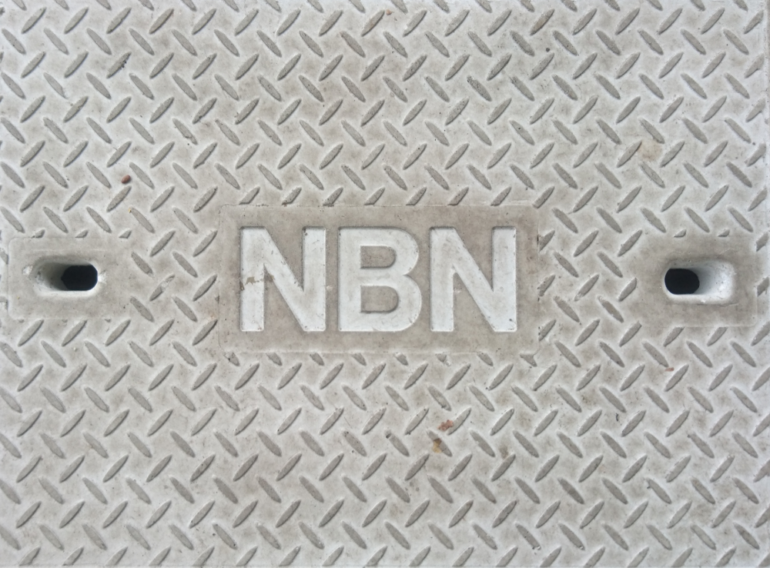The company responsible for the National Broadband Network (NBN) has laid claim to a world record for long-range millimetre wave transmission, saying it hit “close to 1Gbps” across a distance of 7.3 kilometres.
The trial was carried out at Mortlake, Victoria, alongside Ericsson, Qualcomm, and Casa Systems. NBN said it expects to hit longer distances in the future.
5G is being examined as an upgrade path for NBN’s fixed wireless network, which covers 620,000 premises across the country. NBN said more than 90% of those premises would fall within 7.3km of a tower.
“Recognising the unique long-range requirements of the NBN fixed wireless network, the field measurements will provide development guidance for wireless technology suppliers, while helping NBN understand the most cost-effective, and spectrum-efficient ways to integrate 5G into its evolving network architecture,” the company said.
“Under initiatives already implemented, the fixed wireless network exhibits spectral efficiency levels above 4bps/Hz in the downlink and 1.6bps/Hz in the uplink, challenging global benchmarks of even the highest performing 4G networks.”
Just before Christmas, Communications Minister Paul Fletcher declared the NBN was built and fully operational.
On Wednesday, Labor latched onto the number that 2% of premises are not able to reach the minimum mandated 25Mbps speed on the NBN.
“The NBN is $27 billion over budget and four years behind schedule,” Labor leader Anthony Albanese said. “With many Australians still working from home while the COVID-19 pandemic continues, the Morrison Government’s failure to deliver a basic NBN service is a handbrake on Australia’s economic recovery.”
For its part, NBN said there are a number of reasons a premise may not hit the benchmark, including in-home wiring, or the line remaining in a co-existence period, where fibre-to-the-node (FttN) connections run slower continue to support legacy services over copper, such as ADSL.
“It is important to note that the vast majority of premises that can not currently obtain 25Mbps, can access more than 20Mbps,” NBN said.
“The quantity of lines operating below the 25Mbps criteria is continuously changing as lines are improved and other lines fall below the threshold due to environmental and operational factors. This is consistent with global best practice and in-line with, or better than other global copper network operators.”
In September, NBN announced it would spend AU$4.5 billion to allow 75% of its fixed-line network to access 1Gbps speeds by the end of 2023 by upgrading FttN connections on-demand to full-fibre.



